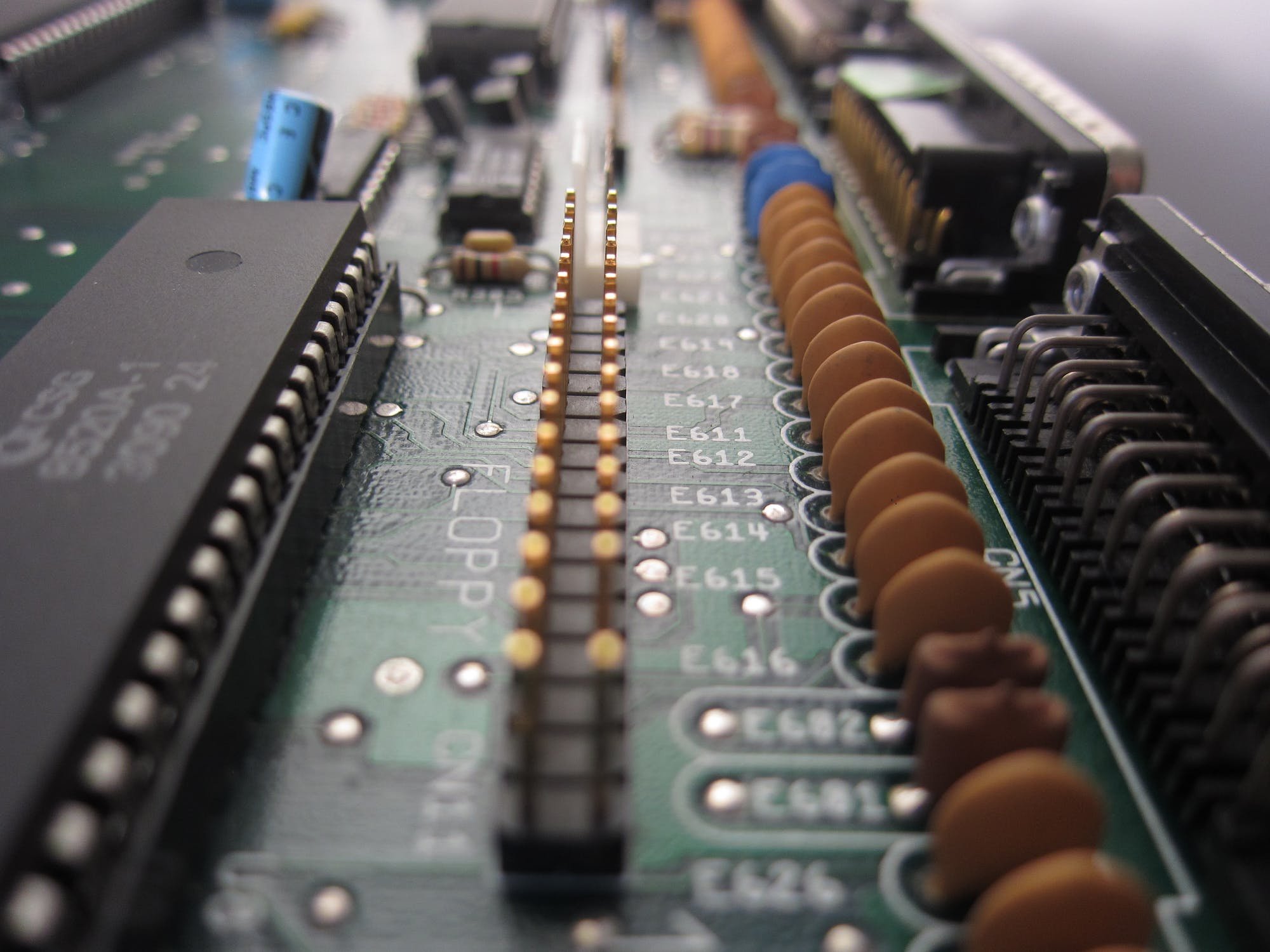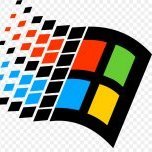-
Posts
628 -
Joined
-
Last visited
-
Days Won
32
Posts posted by jensmander
-
-
P.S.: I didn't want to say that it's safe to install this update! I was lucky to get the system up again but I won't install it on my other bare-metal systems. So be aware of this update!
-
Today (2017-06-15) DSM 6.1.2-15132 has been released.
I tried an update on a bare-metal Intel system (Loader 1.02a, DS3615XS) with NO luck! To get the system up and running again you have to boot from a live linux system, mount the system partitions and copy all files from
/lib/modules/updateto
/lib/modulesAfter that unmount the partitions, shut down the system and plug in your XPEnology boot stick/card.
Polanskiman wrote an excellent tutorial on how to gain access to this partitions:
-
 3
3
-
-
Sorry, your're right. It should be 1.02a - not 1.02a2.
Link: https://mega.nz/#F!BtFQ2DgC!JgomNP3X8V9EuwxL4TXbng!5kcjyJ7R
-
Hi.
- Before any upgrade please take a full backup of your important data.
- There is no "Do it so and it will work!" guide.
-
I can describe how I updated my bare-metal systems from 6.0.X to 6.1.1 (including a Gen8 MS)
- Backup your data
- Disable any SSD cache
- Shut down your server
- Unplug your boot stick or micro-sd from the server and open it's grub.cfg
- Write down the important modifications and entries like serial no., macs, sataportmap, etc.
- You can either write the new synoboot.img to your old boot device or use a new one
- Download the 1.02a2 image for DS3615XS from here: https://mega.nz/#F!BtFQ2DgC!JgomNP3X8V9EuwxL4TXbng!Fwki3A4B
- Use a tool like OSFMount to mount the synoboot.img (15MB partition) and uncheck the "read-only" option, open it's the grub.cfg
- Check the VID & PID of your new device or (if you intend to use your old boot medium) use the old values
- Fill in the entries mentioned above (vid, pid, serial, etc.)
- Save the image and unmount it
- Write the image to your desired boot medium with Win32Diskimager, plug it into to your server and let it boot
- Log in to DSM and go to the control panel -> Updates & Recovery
- Download the official PAT file from Synology: https://global.download.synology.com/download/DSM/release/6.1.1/15101/DSM_DS3615xs_15101.pat
- Select "Manual update" and upload the previously downloaded PAT
- Confirm the update and let the server reboot (this can take a little bit more time as usual)
- If anything went smooth you should be able to re-login into DSM
- Apply actual Update 4 and after another reboot everything should be finished
-
 1
1
-
Welches Dateisystem? Neben der 2.4GB Systempartition, die auf jeder HDD erstellt wird, wird bei BTRFS im Gegensatz zu EXT4 mehr Speicher belegt.
-
Tried it with a PE version of Macrium Reflect and it worked flawless. But - as sbv3000 mentioned - all HDDs were of the same size and modell.
Cheers
-
@IG-88
Das ist nicht ganz korrekt. Der 1.02a2 ist sowohl für die DS3615 als auch für die DS3617, es gibt 2 Versionen. Man sollte bei der DS3615 bleiben.
Dass man sich die NAS schrottet, ist nicht garantiert, natürlich möglich. Deswegen der Hinweis auf die Vielzahl an Hardwarekombos, wo es gut oder schief gehen kann (und niemand definitiv sagt: "Klappt bei Dir auf jeden Fall!"). Das war aber schon immer so bei XPEnology

Mit o.g. Methode habe ich bereits 12 bare-metal Systeme erfolgreich aktualisieren können.
Schönes Wochenende!

-
Thx - I'll try that

-
Howdy!
Is it possible to backup the system partition of DSM? AFAIK this 2.4GB partition is created on every HDD/SSD when DSM is installed. So if I would have 8 HDDs how would it be done?
I recently saw that QuickNick plans to implement a backup function in his loader. But it would be nice to know how it could be done manually.
Thx & Cheers!
-
Hallo.
Eine pauschale Anleitung, die immer und überall funktioniert, kann Dir niemand geben. Dafür ist die riesige Menge an möglichen Hardwarekombinationen viel zu hoch.
Was Du im Vorfeld immer tun solltest: ein Backup erstellen!
Zum Upgrade:
1.) Lade Dir die aktuelle 1.02a2 Version des Loaders herunter
2.) Weiterhin benötigst Du die offizielle PAT von Synology: https://global.download.synology.com/do ... _15101.pat
3.) Im DSM Deiner NAS anmelden und ggf. einen vorhandenen SSD-Cache ausschalten/deaktivieren
4.) NAS herunterfahren
5.) Boot Stick/SD-Karte am PC anschließen und die Werte aus der grub.cfg wie Serial, MAC, SataPortMap, etc. kopieren und sichern
6.) Das synoboot.img aus dem 1.02a2 Loader mit diesen Werten sowie die VID & PID des Sticks/SD-Karte anpassen und abspeichern (bspw. mit OSFMount)
7.) Einen neuen Stick mit dem Image und Win32 DiskImager erstellen, alternativ kann natürlich auch der bisherige Stick verwendet werden
8.) Den neuen Stick an der NAS anschliessen und hochfahren lassen
9.) Im Regelfall sollte das System normal starten und Du kannst Dich in DSM einloggen
10.) Über die Systemsteuerung -> Aktualisieren -> Manuelle DSM-Aktualisierung die PAT-Datei einspielen, bestätigen und rebooten lassen
11.) Der Reboot dauert hier etwas länger als gewöhnlich (2-3 Minuten, je nach System)
12.) Wieder in DSM einloggen und das aktuelle Update 3 einspielen
13.) Fertig!
Viel Erfolg!
-
Loader 1.02a2 runs with actual update 6.1.1-15101-3 (2017-05-23) on several different bare-metal systems.
-
Das Benutzen des QuickConnect-Dienstes mit XPEnology ist rechtlich gesehen illegal und wird hier im Forum nicht gerne gesehen. In der englischprachigen Sektion hat es deswegen schon Ermahnungen gegeben.
Also nutzt einen der zahlreichen Dyn-Dienste. Wer die Arschkarte mit DS Lite gezogen hat, muss u.U. einen kostenpflichtigen Dienst in Anspruch nehmen (Stichwort: Portmapper).
-
Ja, "theoretisch" möglich. Aber selbst bei Originalmodellen habe ich da schon tolle Erfahrungen gemacht bis hin zum Einfrieren beider NAS-Systeme. Ich würde rsync empfehlen. Schnell, umkompliziert und dank der Blockübertragung netzwerkschonend.
-
Die 1815 wirst Du nur als rsync-Station nehmen können, da für einen Cluster identische Systeme benötigt werden. Zudem benötigen beide Systeme in einem Cluster separate Netzwerkkarten/Ports.
Du kannst entweder Hyper-Backup nehmen oder die "Synchronisierung von gemeinsamen Ordnern", was ebenfalls über das rsync-Protokoll läuft und zudem "live" ist.
-
Hi.
Depends on... (files used, network speed, etc.).
My primary use for this NAS are daily used files in large numbers. The system recognizes which files are accessed and stores them in the cache. So in my case - yes. It is a speed advance.
-
Installed another bare-metal system with 1.02a2 successfully, running DSM 6.1.1-15101 Update 2:
- ASROCK FM2A78M-ITX+
- AMD AD786KYBI44JC
- 2x4GB DDR3
- 4x4TB Seagate & 1x120GB SSD (read cache)
-
Successfully updated to DSM 6.1.1-15101 Update 1 with loader 1.02a for DS3615xs from old version 1.01!
Hardware: MSI Z77A-GD65, Core i7 2600k, 4x4GB DDR3, 6x2TB onboard, LSI 9207-8i HBA with 4x2TB & 1x120GB SSD for caching
Procedure:
1.) unmounted SSD cache and shut down
2.) copied serial & mac from old loader stick (1.01)
3.) mounted 1.02a synoboot.img, adopted serial & mac, set sataportmap to "6" and wrote it to new loader stick
4.) started the system and let it boot normally
5.) logged in through webinterface (everything there)
6.) downloaded the PAT file directly from Synology (DSM_RS3617xs_15101.pat) and selected "manual update"
7.) rebooted, logged in and let DSM install Update 1
8.) another reboot, mounted SSD cache again and everything works fine
-
AFAIK it is not possible to use a SSD for more than one volume at the same time. It would be difficult to implement (concurrent accesses) and would slow down the cache performance.
The more data is read or written the more the SSD will be filled. So it can't be used as another volume. Maybe you should use separate SSDs with smaller capacity for each volume. 64GB cost around 30 €...
-
Ok, to explain it in more detail:
I use the RemoteFolder feature together with SMBV1 protocol for older CNC machines which run on Win CE 4.X. It's not possible to connect these machines to a modern network, otherwise you have to tear down your overall network security.
Edit: set up a debian 8 and managed it to connect the Win CE machines with a few settings for the smb.conf (NTLMV1, lanman auth, etc.) and a static entry in the fstab for automount.
-
Howdy!
I think the remote folder (CIFS) is a nice feature. But how is it done? Is it possible to implement such a feature in a "regular" debian/ubuntu installation?
Searched the net for similar topics but didn't find a suitable solution.
Thx

-
You could run a little benchmark with dd via console. For example:
sudo dd if=/dev/zero of=//testfile bs=1G count=1 oflag=dsync
To remove the testfile aftwards, type:
sudo rm //testfile
-
Hm, could be more but as I mentioned copying files (even on RAID0) from and to the same drive is always slower. Another thing: are these SSDs connected to a real SATA 3.0 (6Gbps) port? Connecting them to older SATA 2.0 ports will cut the bandwith to 50%.
-
How do you copy files from one folder to another directly on the NAS? With the FileStation (browser) or do you use your Windows PC (Explorer, TotalCommander, ...) for this? If you copy files with your Windows PC (for example: copying from \\NAS\Share1 to \\NAS\Share2) then everything will be transmitted through your PC. This will lock down speeds to the highest possible throughput of your PC (it reads the data NAS -> PC and retransfers it PC -> NAS) while it will "cut" the bandwith (synchronous transfer, pull and push).
-
Don't know if it's exactly your problem but you may take a look on this:


DSM 6.1.2-15132
in DSM 6.x
Posted
The test system runs (again) on 6.1.2-15132 but I don't recommend to upgrade any live system.